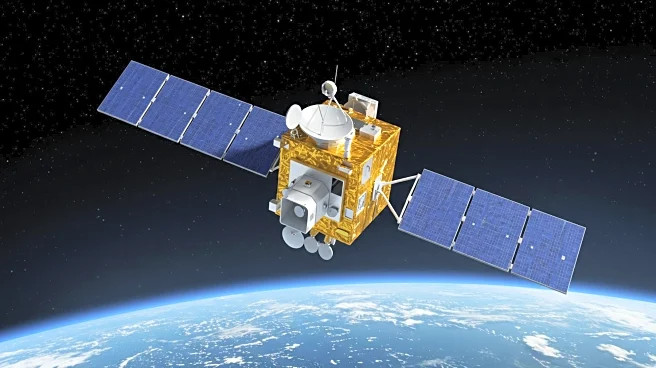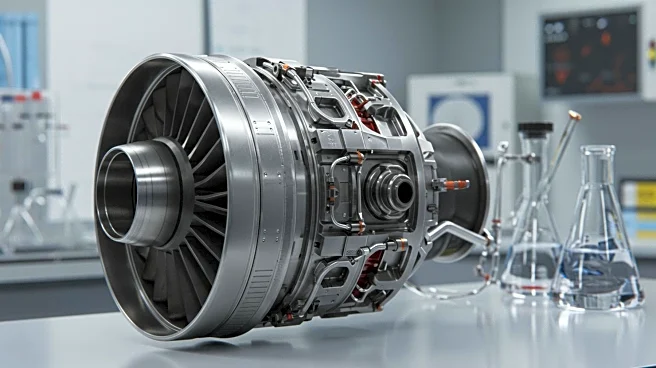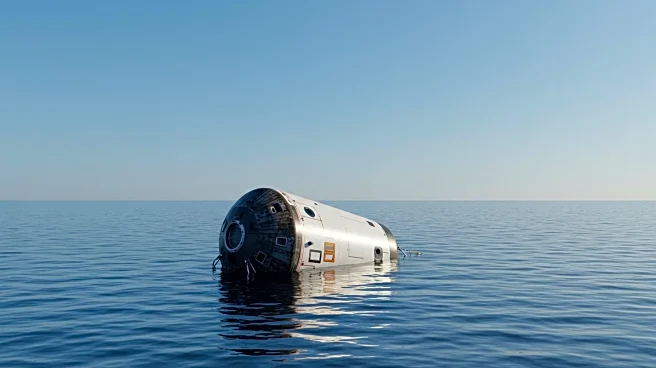What's Happening?
Researchers have unveiled a new device designed to explore the mesosphere, a region of the atmosphere that is difficult to study due to its altitude. The device, a lightweight disc made from ceramic aluminum, levitates using photophoresis, a process driven by sunlight. This sustainable flight mechanism requires no fuel, making it ideal for atmospheric data collection. The device's design is inspired by a 19th-century invention and has been validated through laboratory simulations. The technology could be applied to other atmospheric studies, including those on Mars.
Why It's Important?
The development of this device represents a significant advancement in atmospheric research, offering a sustainable and efficient method for studying the mesosphere. By enabling data collection in previously inaccessible regions, the technology could enhance meteorological predictions and improve our understanding of space weather. The device's potential applications extend beyond Earth, suggesting possibilities for exploration in extraterrestrial atmospheres. This innovation may lead to breakthroughs in atmospheric science and inspire further research into sustainable flight technologies.
What's Next?
The research team plans to refine the device's fabrication to incorporate communication technology, allowing for real-time data transmission. This could lead to pilot projects within a few years, utilizing passive devices tracked by lidar or radar. The successful implementation of this technology could revolutionize atmospheric data collection, providing high-resolution insights into temperature, pressure, and wind dynamics. As the device moves towards commercial use, it may attract interest from meteorological agencies and space exploration organizations.











